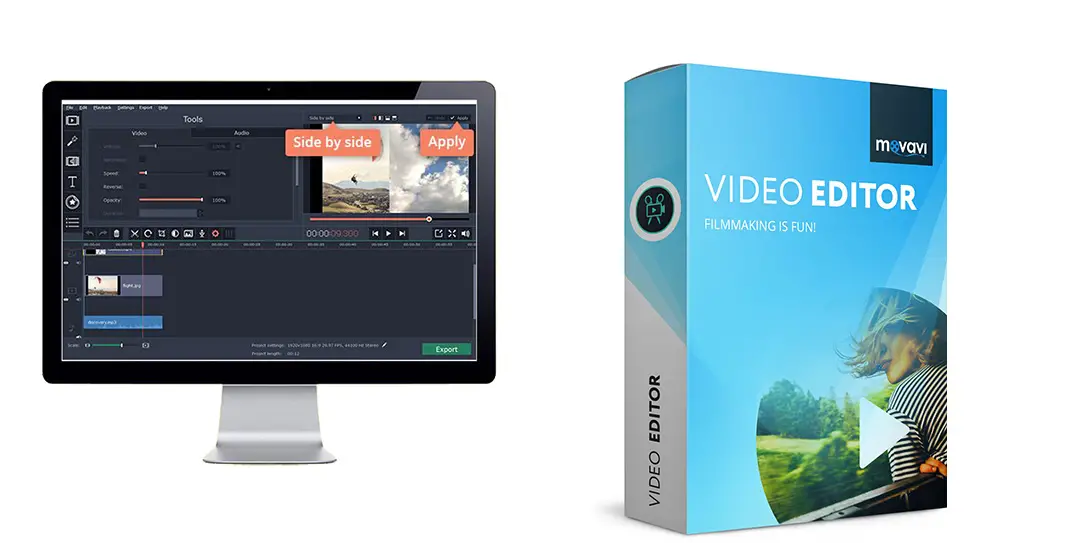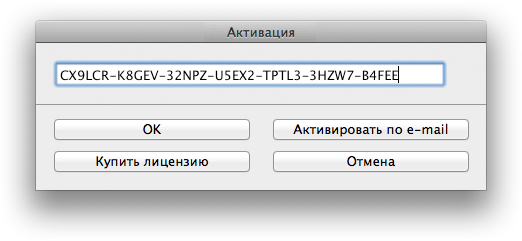
And as he turns his face towards the camera, the frame changes to a close-up.Īs the name implies, a match cut is used to link two different scenes that have something in common, some matching component. For example, in this scene we first see Morphius standing facing the window in a wide shot. Cut on ActionĬut on action is a transition from one frame to another in the middle of a character’s action. Now that you know the basic techniques of arranging your footage and audio tracks on the timeline, let’s see how you can use them in practice to enhance your videos.
MOVAVI SPLIT MOVIE FOR WINDOWS 10 SOFTWARE
Basically, a transition any cut in which you use any of the effects your software provides between the video clips. Last but not least, there are transitions. Split editing makes transitions between clips look smooth and seamless. These cuts got their names from how they look on the editing timeline: And when the video changes to clip B, but the audio from clip A remains, that’s an L-cut. For example, when video A is still playing, but the audiotrack changes to the one for video B, that’s a J-cut. Split Edit: J-Cut and L-CutĪ split edit is when the audio from one clip leads or trails the cut. In movies, this technique is often used to achieve the effect of moving forward in time.
MOVAVI SPLIT MOVIE FOR WINDOWS 10 TV
This technique is often used in YouTube vlogs and TV interviews: the audio track stays uninterrupted, but the visual of the protagonist changes. If you’ve ever merged two or more videos on one timeline, then you’ve created a straight cut.Ī jump cut is a cut between two shots of the same objects in the same setting – and often shot from the same (or almost the same) camera angle. The audio track changes at the same time as the clip. This is the default cut: one clip ends, the next one begins. This is the most basic cut: two clips joined together on the timeline. First, we’re going to talk about the cuts in terms of how they look in your video editing suite. We divided basic transitions into two categories: the actual cuts and different techniques for using them. Start with the basic editing cuts! These are techniques every filmmaker worth their salt should know. By using different editing techniques, you can direct viewers’ attention, set the mood for your movie, and deliver an exceptional cinematic experience to your audience.

But video editing can be so much more than that.

Sure, you could just put your clips together on the timeline and be done. What makes a good video? Interesting and unique content, good sound and a perfectly synchronized soundtrack, great color correction… and, of course, precise and thoughtful editing.


 0 kommentar(er)
0 kommentar(er)
